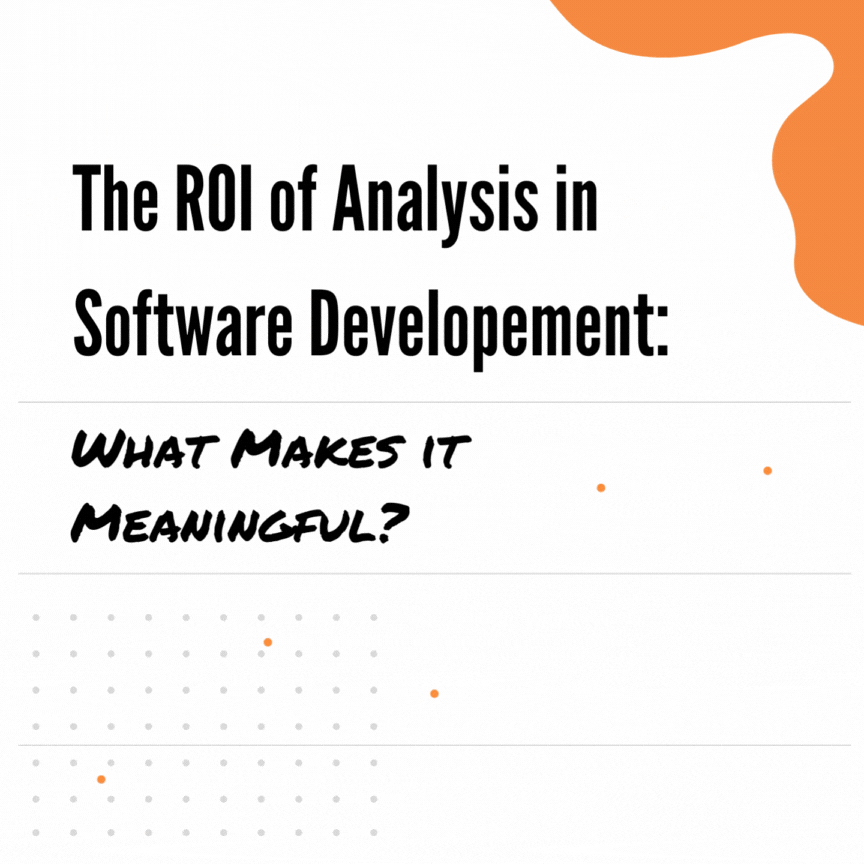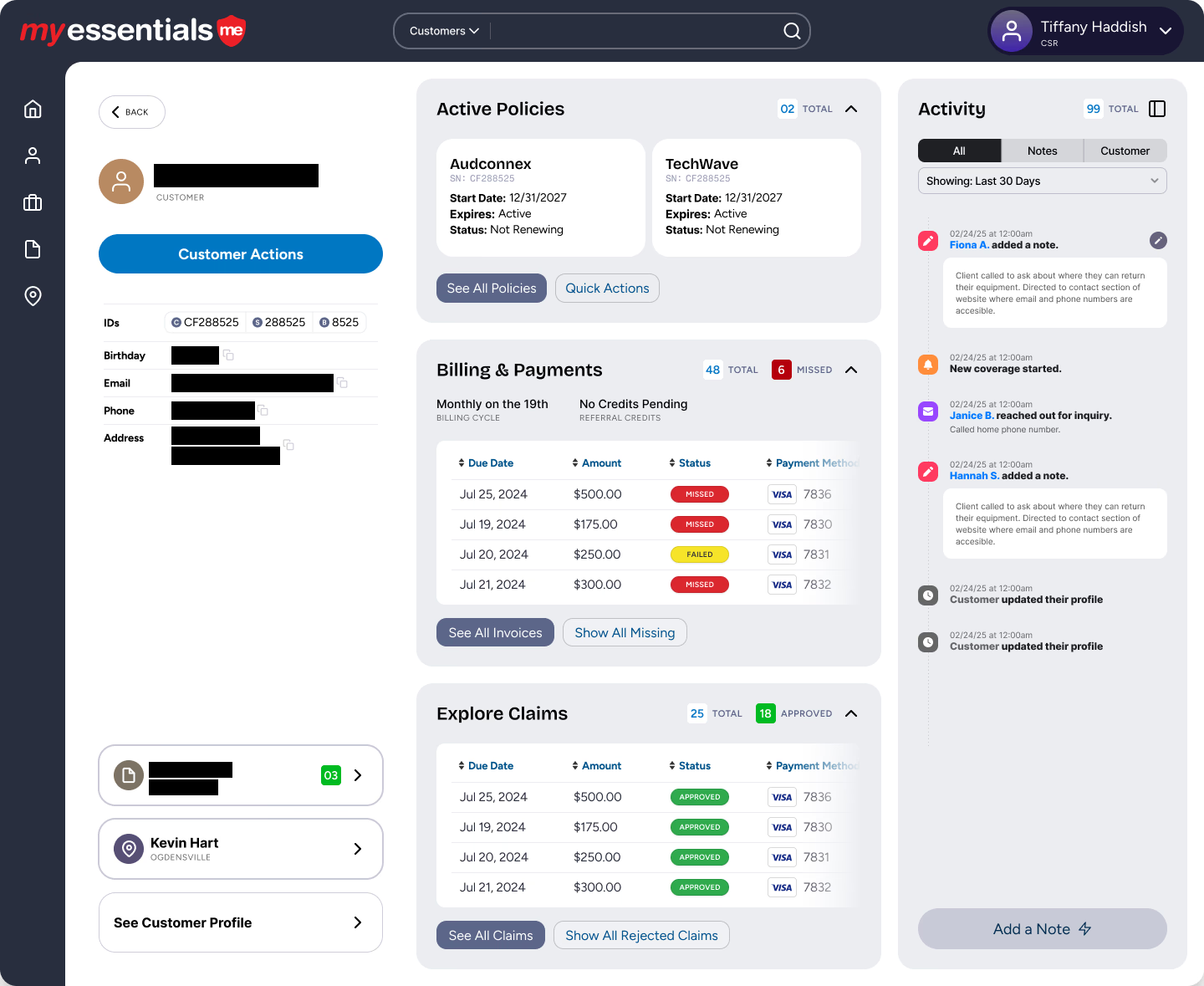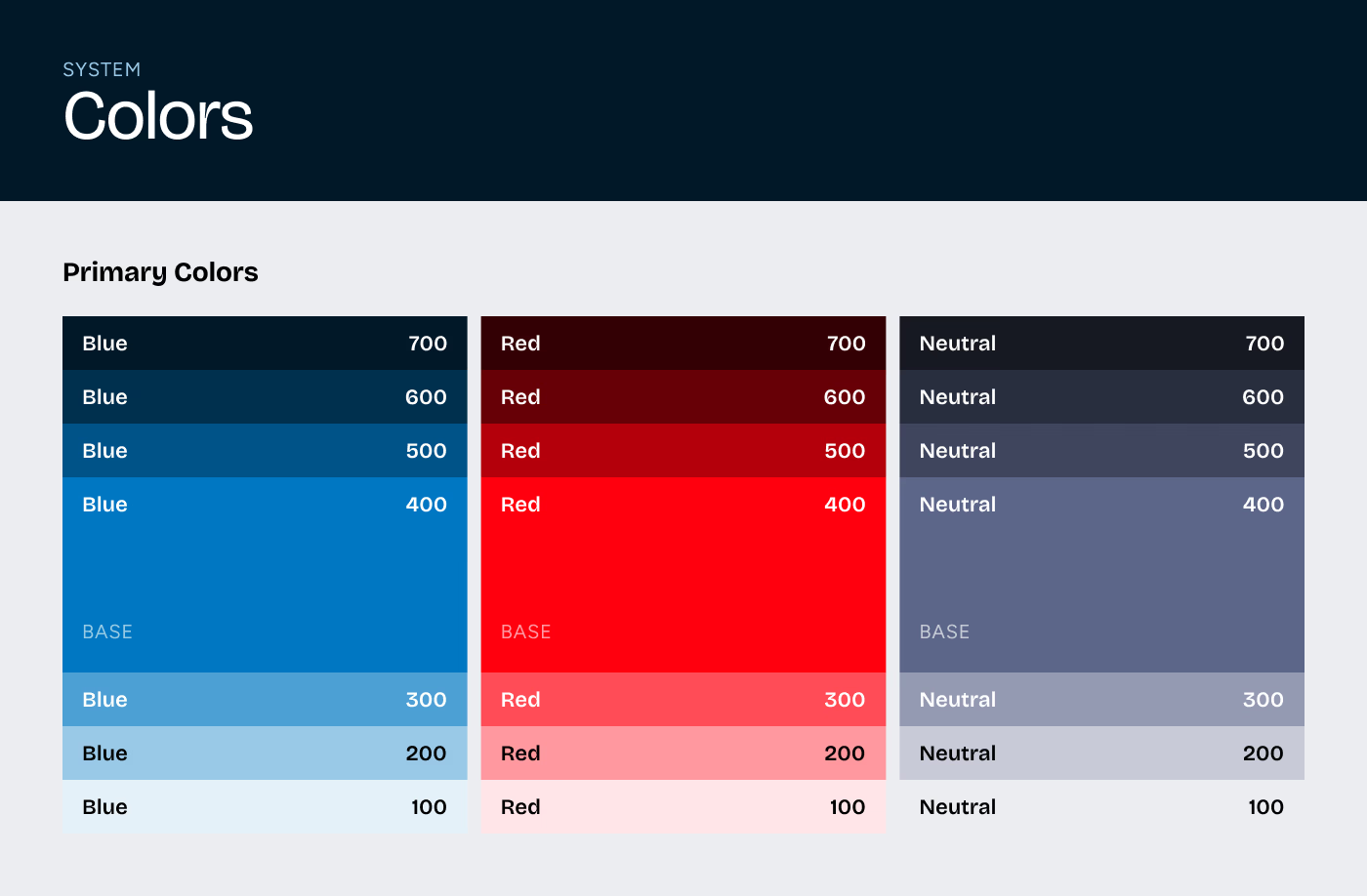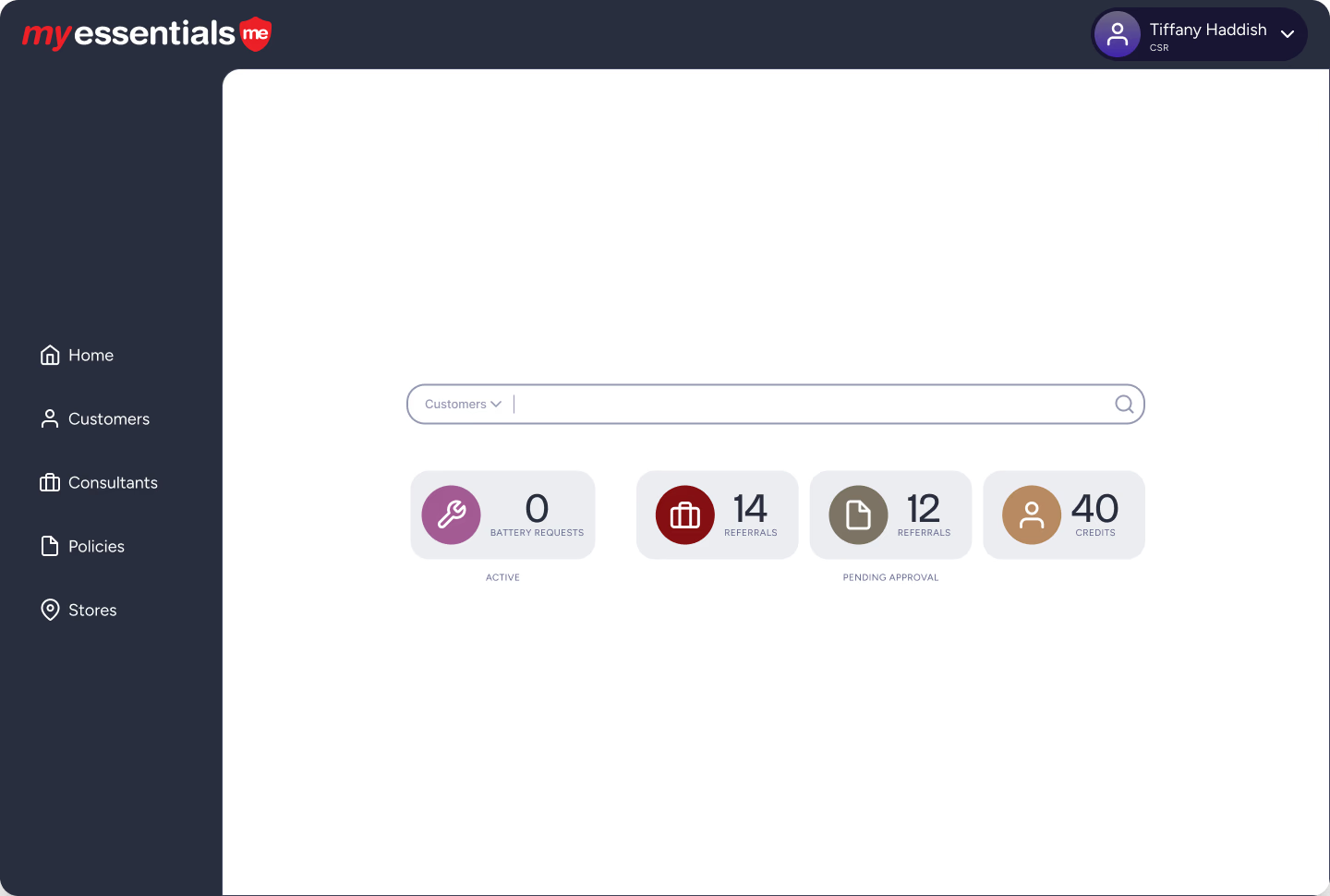Uncover the true cost of skipping analysis in software development. Discover why meaningful analysis is crucial for project success.
Or - What skipping Analysis on projects will cost you
Who is this for? Anyone with a problem!
When confronted with any challenge (or problem) - the first step, whether you’re conscious of it or not - is to analyze the issue.
What is the problem? Why is it a problem? How can we solve the problem? Does solving the problem create new problems? So on and so forth. The process can take unexpected turns - and can lead you to discover additional root-cause issues and exciting opportunities that are at the core of the ‘original issue’ you are trying to solve.
The most meaningful part of analysis is the ability to objectively look at an issue, and understand the why. In that process, it’s not unusual to discover that what you thought was the ‘problem’ is actually a ‘symptom’ of an actual problem. As these things are discovered and clarified, they become part of your project’s scope - and from the scope, the nature (and plan) of the project can begin taking shape.
A software development project assessment is a great start for your own analysis. A proper assessment determines your project goals, scope, and management approach before investing valuable time and resources in software development. Download a practical guide to software project assessment.
How do you plan things in ‘real life’? Apply that to projects!
If you were buying a car, or a house - or planning a vacation - analyzing and planning would be second nature - you’d do it without even realizing you were doing it. However, in the context of a software project - it can require a bit more effort to conduct that analysis in a structured, meaningful way. There can also be the idea that it’s not worth doing all that analysis - the “let’s just get started!” approach.
However - if you solve the wrong problem - or a symptom (and not the problem) - the money wasted on unnecessary software design, development, and quality assurance - will be far more expensive than if you took the time to do things ‘right’ the first time around.
Get to know our analysis work on the wide range of projects we work on including Flow Active, Student EI, and My Essentials.
Analysis in Software Development Costs Money. Is it really necessary?
Our clients appreciate the value of good analysis. If your project is part of a larger ecosystem (for instance, it’s one app in a larger suite of tools), or it’s one step in a larger process to re-designing a workflow - planning is necessary. Understanding the boundaries of where this project ends, and the next project begins - is critical.
Once you’ve established that scope, you can start to really dig in, to figure out the ‘how’ of the features (how will they work, how will they look, etc).
For many people, the initial gut reaction can be “Analysis costs money - can’t we just spend that on actually building the ‘thing’?”. The answer, of course, is “Yes” - but at what cost?
The simple answer to that is “at the cost of efficiency and success”.
If you don’t spend the money analyzing the issue, you’ll solve the wrong problem. You’ll spend money for designers, developers, testers, and project managers to guide the project down the wrong path - and will have nothing to show for it (other than a product that doesn’t do what it needs to do) in the end. If you plan (with analysis), you’ll be far more likely to build the right thing - which saves money, and time (both project time, and strategic time to market).
The Analysis & Design Team at Troy Web Consulting loves to talk about problems - small, medium, large - or in between. We like talking about the good, the bad, and the ugly - and how to make an ‘ugly’ into a strategic advantage.
Hey! I'm Bobby, Senior Consultant/Business Analyst (and the author of this article!) at Troy Web Consulting. Come chat with me during Office Hours - you’ll meet with other members of our design team as well for 30 minutes about what’s going on - and how we can potentially partner with you to solve the fun (and not so fun) problems 🙂.
Schedule Office Hours With Bobby


